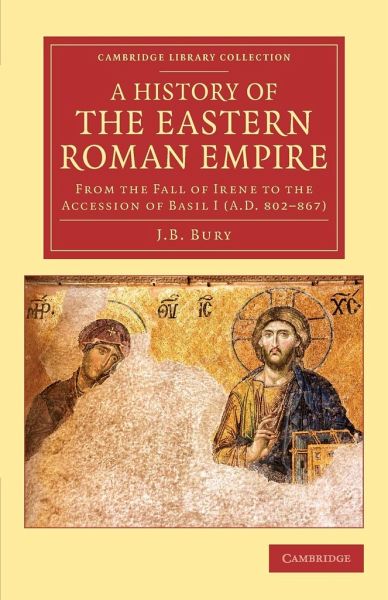
A History of the Eastern Roman Empire

PAYBACK Punkte
31 °P sammeln!
The classical historian J. B. Bury (1861-1927) was the author of a history of Greece which was a standard textbook for over a century. He also wrote on the later history of the Roman empire, and, in this 1912 work, examines the Byzantine empire in the ninth century. The book is a continuation of his two-volume History of the Later Roman Empire of 1889, which covers the period from 395 to 800 (and is also reissued in this series), and reflects Bury's belief that the century-long so-called Amorian epoch 'is not a mere epilogue, and is much more than a prologue' between the better-known periods o...
The classical historian J. B. Bury (1861-1927) was the author of a history of Greece which was a standard textbook for over a century. He also wrote on the later history of the Roman empire, and, in this 1912 work, examines the Byzantine empire in the ninth century. The book is a continuation of his two-volume History of the Later Roman Empire of 1889, which covers the period from 395 to 800 (and is also reissued in this series), and reflects Bury's belief that the century-long so-called Amorian epoch 'is not a mere epilogue, and is much more than a prologue' between the better-known periods of Byzantine history that preceded and followed it. In this period, iconoclasm again became a cause of civil strife, and wars on the eastern frontier were a strain on the military resources of the empire, while at least two of the emperors were murdered.




